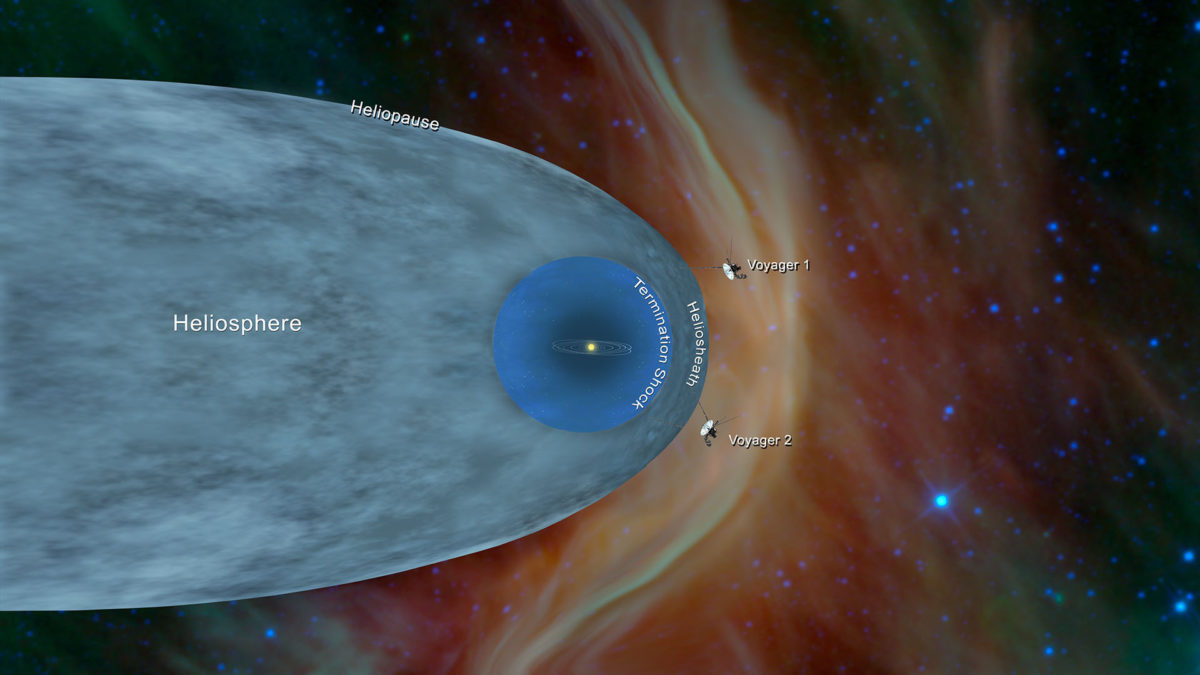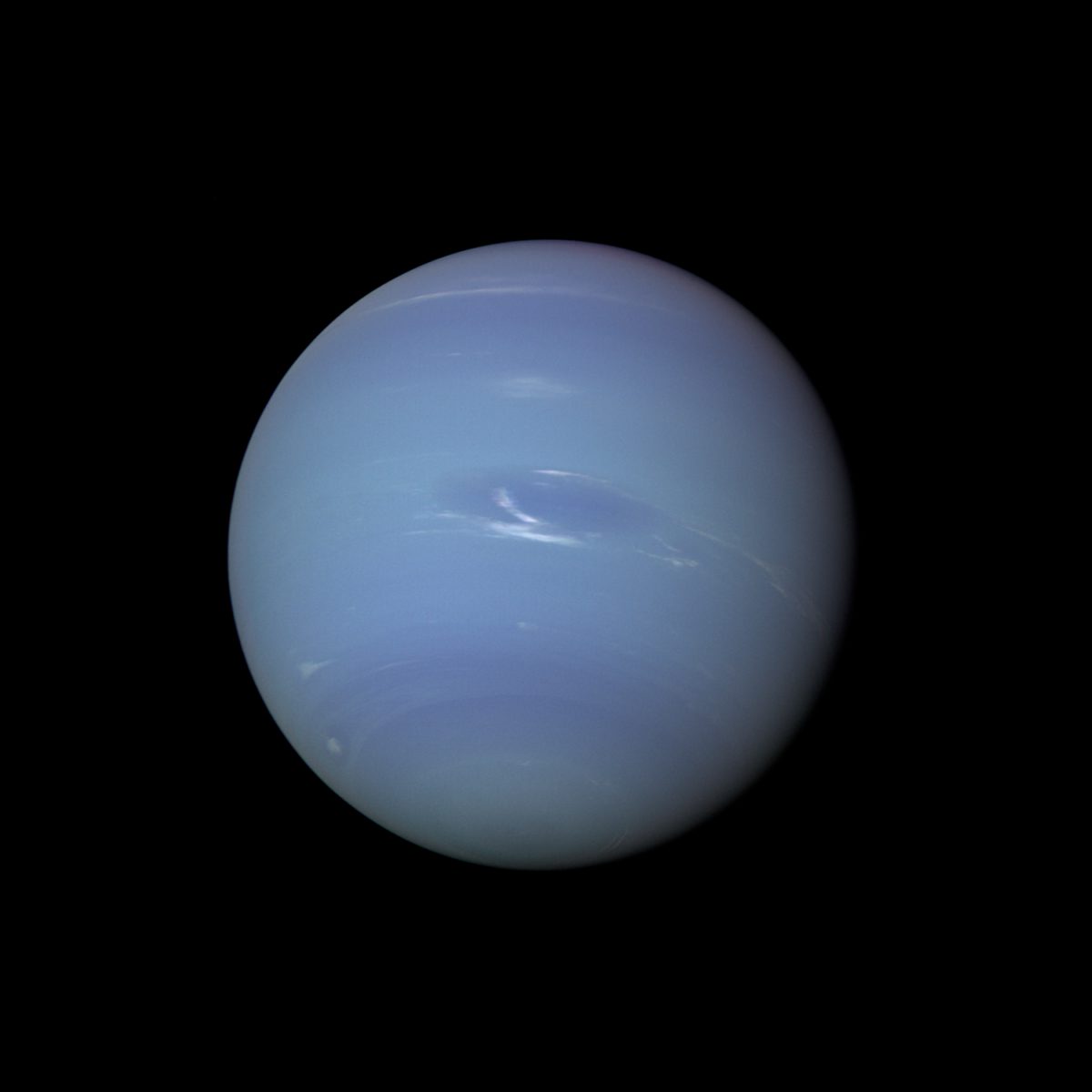Andrew Jones • Nov 19, 2019
China Considers Voyager-like Mission to Interstellar Space
China is planning a Voyager-like mission to the outer solar system that includes a flyby of Neptune, measurements of the electrically charged gas bubble surrounding our solar system, and a journey to interstellar space.
The mission is currently named IHP, which stands for Interstellar Heliosphere Probe. It consists of two spacecraft that would explore the heliosphere, the solar-wind-created region around our Sun that separates us from interstellar space as the solar system travels through the Milky Way.
Zong Qiugang, the director of the Institute of Space Physics and Applied Technology at Peking University in China, said the mission “will allow us to discover, explore, and understand fundamental astrophysical processes in the largest plasma laboratory—the heliosphere.” Zong gave an overview of the mission at EPSC-DPS 2019, an international gathering of planetary scientists in Geneva, Switzerland.
The first spacecraft, IHP-1, would launch towards the head of the heliosphere in 2024. A second probe, IHP-2, would go in the opposite direction to explore the tail. The heliosphere is hypothesized to resemble a comet’s tail, but whether or not the tail “closes” behind the Sun is an open question. The Voyagers exited the heliosphere on the head side, and the tail has never been explored.

The IHP spacecraft will carry magnetometers, energetic neutral atom and particle payloads, dust and plasma detectors, and optical cameras. Phenomena of particular interest to the mission include Anomalous Cosmic Rays. These are slower versions of galactic cosmic rays from the local interstellar medium that become ionized once inside the heliosphere. The mechanism behind this process is not understood, and studying the ACRs could provide insights into the heliosphere and the nature of interstellar material itself.
The “hydrogen wall,” where interstellar material interacts with the edge of the heliosphere, is also of interest. As a structure that can be observed around other stars as well as our own, studying the hydrogen wall will aid the understanding of physical processes in the heliosphere and inform models of other stellar systems.
Getting to the Heliosphere
Before IHP-1 and 2 can explore the far reaches of the solar system, they will use flybys of Earth and Jupiter to gain speed. IHP-1 would fly past Earth in 2025 and 2027, and then Jupiter in 2029. It would reach the heliosphere around 2049.

IHP-2 would have additional targets. After a flyby of Jupiter in 2033, it would set course for Neptune, making the second-ever visit to the ice giant in 2038. The spacecraft would release a smaller probe shortly before arrival at Neptune, and observe the impact as the probe plunges into the atmosphere.

Neptune has only been visited once, by Voyager 2 in 1989. The flyby revealed a frigid world with supersonic winds and a mysterious dark spot. Incredibly, Voyager 1 and 2, launched 16 days apart in 1977, are now around 22 and 18 billion kilometers away respectively in interstellar space and still communicating with Earth. Together with the derelict Pioneers 10 and 11 and the more recent, active New Horizons, they are they only objects that will leave or have already left the solar system.
Unlike Voyager 2, which made use of a rare planetary alignment to visit all four outer planets, HP-2 would not be able to visit Saturn or Uranus. However, IHP-2 would follow up its Neptunian appointment by targeting a potential Kuiper Belt Object to learn more about primitive solar system objects. It would then continue on its way toward the tail of the heliopause.

Next Steps
The IHP concept has not been formally approved but feasibility studies have long been underway. The formal go-ahead could be granted in 2021 or 2022, with the formation of the next Chinese Five Year Plan. Mission proposers have also noted that the IHP spacecraft would reach a distance of about 100 AU from Earth by 2049, in order to mark the 100th anniversary of the founding of the People’s Republic of China.
Scientists at the Johns Hopkins University Applied Physics Lab are also studying an interstellar mission called Interstellar Probe that would launch before 2030. Trident, a proposed NASA Discovery mission, would make use of the same Jupiter-Neptune alignment as IHP-2, in order to study Neptune and its moon Triton.
The Time is Now.
As a Planetary Defender, you’re part of our mission to decrease the risk of Earth being hit by an asteroid or comet.
Donate Today

 Explore Worlds
Explore Worlds Find Life
Find Life Defend Earth
Defend Earth

